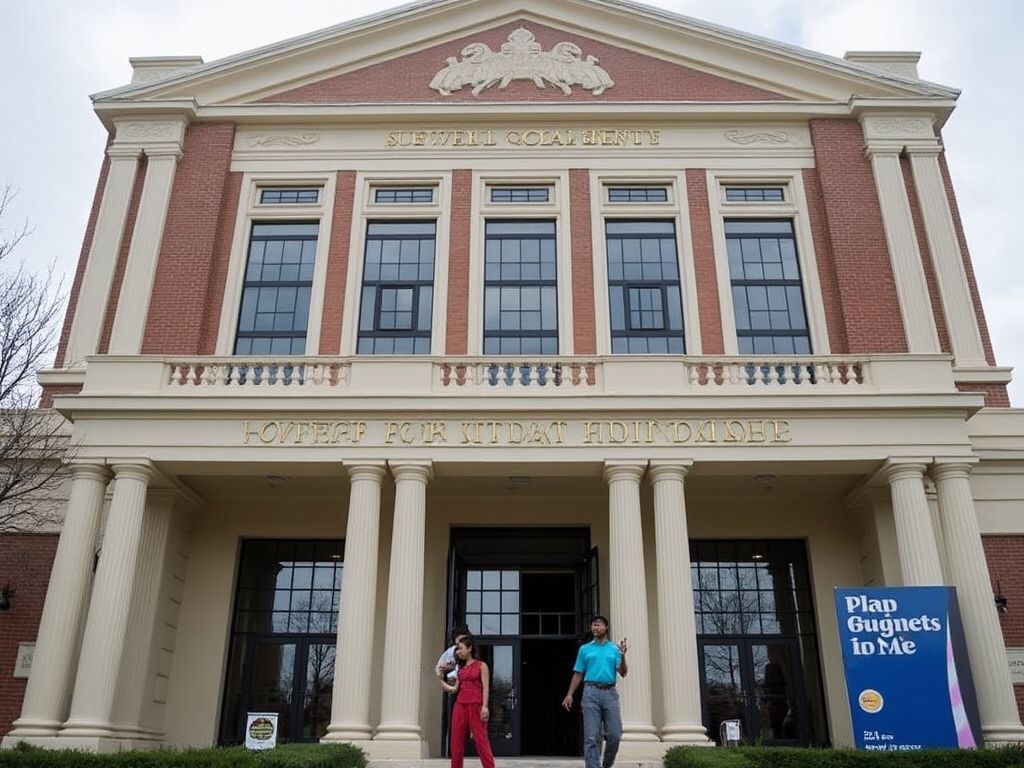In the sprawling city of Houston, where the future of education was once a beacon of hope, the Houston Independent School District (HISD) found itself at the epicenter of a storm that would redefine its legacy.
Here’s a narrative of what went awry, pieced together from the whispers of the community, the cries of educators, and the stark reality reflected in the district’s decisions.
**The State’s Intervention: A New Dawn or a Forced March?**
The saga began with a state takeover, a move justified by the performance of a single school yet affecting nearly 200,000 students across 76 schools. This intervention, seen by some as a necessary reform and by others as an overreach, set the stage for what would unfold. The appointment of a new superintendent, Mike Miles, and a state-appointed board, marked the beginning of a transformation that promised high-performance culture but delivered high controversy.
**A Revolt in the Ranks**
Teachers, the backbone of any educational system, found themselves in the crosshairs of reform. The New Education System (NES) model, intended to revolutionize teaching, instead became a symbol of division. Principals, even those from high-performing schools, were ousted or forced to resign, creating a vacuum of leadership and trust. The community, through platforms like X, voiced their discontent, highlighting not just educational but also operational failures like air conditioning breakdowns at the start of the school year.
**The Financial Fiasco**
Money, or rather its mismanagement, became another villain in this story. Reports of overspending on unnecessary items like buses, while cutting corners on essentials like special education, painted a picture of a district where priorities were misplaced. The spending on overtime, which could have been redirected towards teacher salaries, became emblematic of a system more focused on bureaucracy than student outcomes.
**The Exodus**
Perhaps the most telling sign of HISD’s troubles was the exodus. Teachers, principals, and staff left in droves, not just because of job cuts but due to a profound sense of disillusionment. The loss of nearly 10,000 employees since the takeover wasn’t just a number; it was a hemorrhage of expertise and morale. This mass departure was not just about better opportunities elsewhere but a flight from what many perceived as a hostile educational environment.
**Community’s Cry**
The community, through their posts on X, shared stories of neglect, from non-functional AED machines to nurses unprepared for emergencies. These weren’t just isolated incidents but symptoms of a broader malaise affecting HISD. The sentiment was clear: the system was failing not just in education but in its fundamental duty to care for its students and staff.
**The Aftermath**
As we look back, HISD’s story is one of ambition clashing with reality, of reforms that promised much but delivered turmoil. The state’s intervention, intended to elevate, instead led to a narrative of oversight without insight, of change without community consent. The district, once a symbol of educational hope, now stands as a cautionary tale of how top-down reforms, without the heart of the community, can lead to educational and emotional bankruptcy.
This story, woven from the threads of public sentiment and reported facts, illustrates not just what went wrong with HISD but reflects a broader lesson on governance, community engagement, and the true cost of educational reform.







